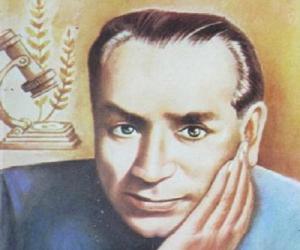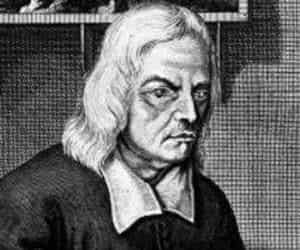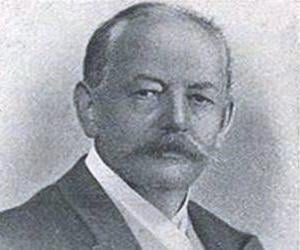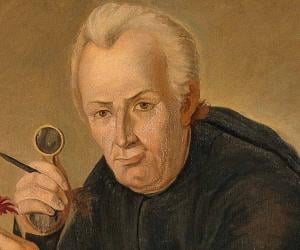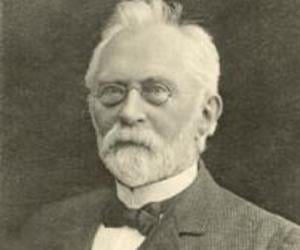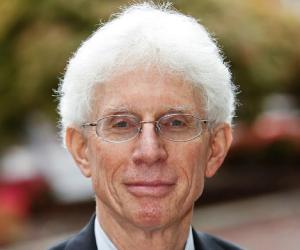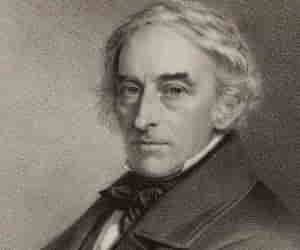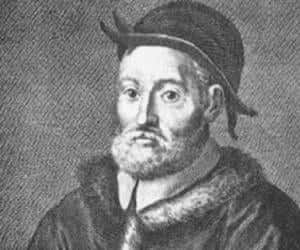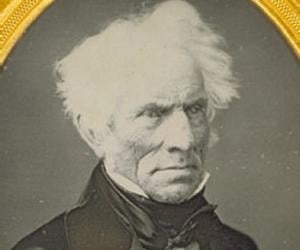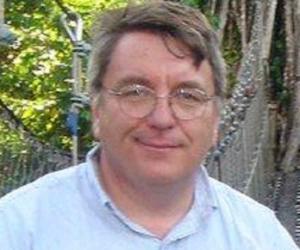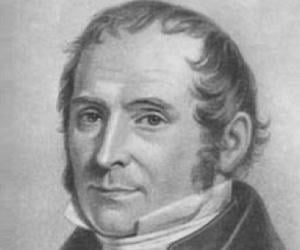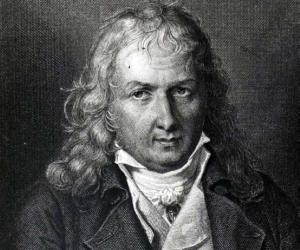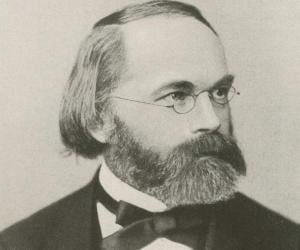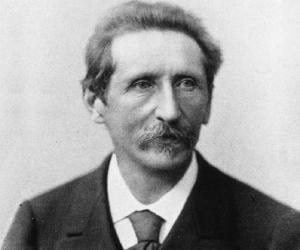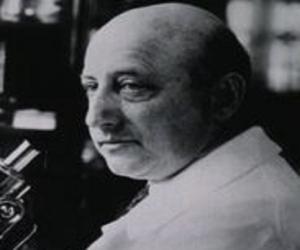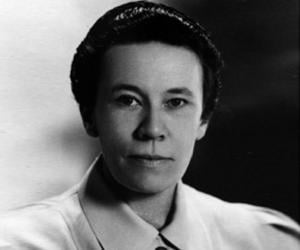Quick Facts
Died At Age: 58
Botanists Geologists
Died on: April 10, 1949
place of death: Aga Khan Palace
Founder/Co-Founder: Birbal Sahni Institute of Palaeobotany
More Facts
education: University of London, University of Cambridge, Emmanuel College, Cambridge, Government College University, University of the Punjab
Childhood & Early Life
Birbal Sahni was born on 14 November 1891 as the second son of Lala Ruchi Ram Sahni and Shrimati Ishwar Devi in Bhera, Shahpur District, West Punjab. His father was a patriot and social reformer who was active in India’s struggle for independence. An educator, he eventually became a Professor of Chemistry in the Lahore Government College.
Birbal’s childhood home was often visited by the likes of Motilal Nehru, Gopal Krishna Gokhale, Sarojini Naidu, and Madan Mohan Malaviya which ensured that the young boy grew up in an intellectually stimulating environment.
He received his early education from the Mission and Central Model schools. Then he went to study at the Government College University, Lahore, where his father worked, before moving on to the Punjab University from where he graduated in 1911.
He was a brilliant student, and one of his mentors, S. R. Kashyap, had instilled in him a deep love for botany and motivated him to pursue his interest in the field. Thus Birbal moved to England for his higher studies.
He studied at the Emmanuel College at Cambridge and obtained a first class in Part I of the Natural Sciences Tripos in 1913 and completed Part II of the Tripos in 1915. At around the same time he also received his B.Sc. degree from London University.
He found a mentor in his teacher Sir Albert Charles Seward under whom he started doing his research on palaeobotany. Along with him, he worked on the study of Indian Gondwana Plants, the findings of which were published in the book, ‘Indian Gondwana Plants: A Revision’ in 1920. Meanwhile he was awarded his D.Sc degree by the University of London in 1919.
Career
He went to Germany and worked for a while with the German plant morphologist Goebel. Then he returned to India and was appointed Professor of Botany at Banaras Hindu University, Varanasi and Punjab University.
In 1921, he joined the newly created Botany Department of Lucknow University, as its first Professor and Head, a post he held till his death in 1949. Under his leadership, the department became an active centre of teaching and research and attracted many brilliant minds from all over the nation and became the first center for botanical and palaeobotanical investigations in India.
He had a keen interest in the field of geology as well and believed that palaeobotany and geology were intricately related to each other. He also served as the Head of the Department of Geology of the Lucknow University.
His contributions to archeology are also well-known. He conducted studies on Yaudheya Coin Moulds from Khokhra- Kot at Rohtak (1936) and from Sunhet near Ludhiana (1941). He stated that the aims and methods of the palaeobotanist are similar to those of the archaeologist as both aim for the interpretation and reconstruction of the past.
Birbal Sahni’s biggest ambition was to bring palaeobotanical research in India into a structured and organized framework. For this purpose, he constituted the committee of Indian Palaeobotanists named as “The Palaeobotanical Society” in 1939 and headed a meeting to coordinate and develop research fields in India.
Eventually, the Governing Body of the Palaeobotanical Society established the Institute of Palaeobotany on 10 September 1946. Initially housed within the Department of Botany at the University of Lucknow, it was later moved to its present premises at 53 University Road, Lucknow in 1949, and the foundation-stone of the new building of the Institute was laid down by Jawaharlal Nehru, India’s first Prime-Minister, on 3 April 1949. Sahni, however did not live to see his dream institute grow and thrive.
Major Work
He was the founder of the Institute of Palaeobotany which was later renamed the Birbal Sahni Institute of Palaeobotany in his honor. The institute promotes higher learning in the field of plant fossil research and works in close coordination with various organizations such as Geological Survey of India, Physical Research Laboratory, Oil and Natural Gas Commission, Oil India Limited, Coal India Limited, and Coal Mine Planning and Design Institute.
Awards & Achievements
He was elected a Fellow of the Royal Society of London (FRS) in 1936, the highest British scientific honor, becoming the first Indian botanist to be accorded this honor. He also received the Barclay Medal of the Royal Asiatic Society of Bengal the same year.
He was honored with the Nelson Wright Medal of the Numismatic Society of India in 1945 and Sir C. R. Reddy National Prize in 1947.
Personal Life & Legacy
Birbal Sahni married Savitri Suri in 1920. She was the daughter of Sunder Das Suri who was an Inspector of Schools in Punjab. His wife took an active interest in his scientific pursuits and was a pillar of support to him.
He died of a sudden heart attack on 10 April 1949, just a week after the foundation-stone laying ceremony of his institute.
See more:
- Sam Sheppard(American Neurosurgeon Who Was Exonerated in 1966, Having Been Convicted of the 1954 Murder of His Pregnant Wife)
- Haley Bieniewicz
- Christopher Stapleton
- Charles Pfizer(Chemist, Entrepreneur)
- Flavio Briatore(Italian Businessman Best Known for His Involvement in the ‘Benetton’ Fashion House)


